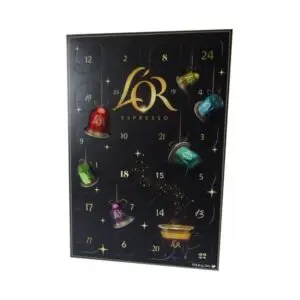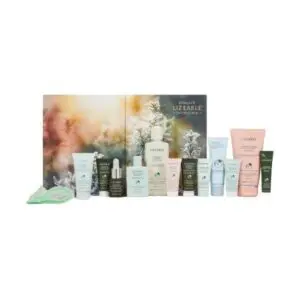Advent calendars have been popular since the late 19th century as a way of marking the days until Christmas. Brands have also renamed the seasonal marker as ‘anticipation calendars’ to widen the potential audience. Anticipation calendars also give consumers the opportunity to experiment with products the recipient has not tried before. From simple interactive cardboard calendars with sweets affixed behind a series of easy-to-open doors, the concept of “counting down the days to Christmas” has become an elaborate enterprise.
The countdown calendar extends a one-day holiday to a “holiday season,” and justifies early in-store or online placement of holiday goods.
Consumers have become attuned to the early arrival of holiday goods: Almost a quarter of US consumers who plan to shop during the 2022 winter holiday season, for example, agree that they seem to be shopping earlier every year. Almost half of US consumers who shop for non-winter holidays shop in advance for those holidays. Here are three ways brands can use advent calendars, or anticipation calendars:
1. Prolonging the “after-holiday” season
Not only do advent or anticipation calendars prompt more pre-holiday purchases, but they can also prolong the holiday in the other direction. By providing an array of tastings of specific treats, the calendars help consumers zero in on treats to buy at the end of the holiday.
This is especially important given the wide array of seasonal products that are discounted in post-holiday sales. Having sampled new products in the run up to the holiday, consumers are likely to follow up on their new treats post holiday
Source: Mintel Global New Products Database (GNPD), Jan. 2022
Source: Mintel Global New Products Database (GNPD), Oct. 2022
Source: Mintel Global New Products Database (GNPD), Oct. 2022
2. Use anticipation calendars for other occasions
Anticipation calendars don’t have to be only for holidays. Customizable countdown calendars can be filled with treats by the gift giver, who would purchase the calendar and tailor the little gifts to the taste of the recipient, similar to the treats put into a gift basket. The difference is size; recipients can sample a number of treats in small packages, and then choose the product they like to purchase in a full-sized package. Interest in this concept is reflected by the fact that in the UK, 70% of food/drink gift-givers would like the option of a “build your own food/drink gift package.”
The product also gives the recipient a chance to experiment with products the recipient has not tried before.
Source: Oriental Trading
3. Anticipation calendars can be effective for launching new products
Anticipation calendars can be used in tandem with campaigns to launch new products. Instead of counting down to a holiday, the time chosen for the anticipation process would end with the launch of the product.
Tempting consumers with samples entices them to try something new. If a consumer likes a new flavor they tried in a sample size, they would be encouraged to buy full-sized packages of the new flavors, without the fear of paying a lot for something they didn’t like.
The fear of disappointment is a barrier to purchase of new flavored products. Almost half of consumers are prevented from trying a new cuisine because they are afraid that they won’t like the taste.
What we think
Anticipation calendars expand the idea of an advent calendar to provide a countdown to holidays across traditions and cultures. The time-marking format can also be used to highlight more personal holidays, from graduations to birthdays and anniversaries.
Economic stress is challenging consumers globally, and the decisions they make while shopping for food are important. It is a difficult time to try to entice them to try something new, as they worry about their spending. To reach reluctant consumers, whose finances are strained, providing a “countdown calendar” to herald a new product launch, with samples, hints or clues about the new product can generate interest and provide an inexpensive entrée to a new flavor, category or brand.




































